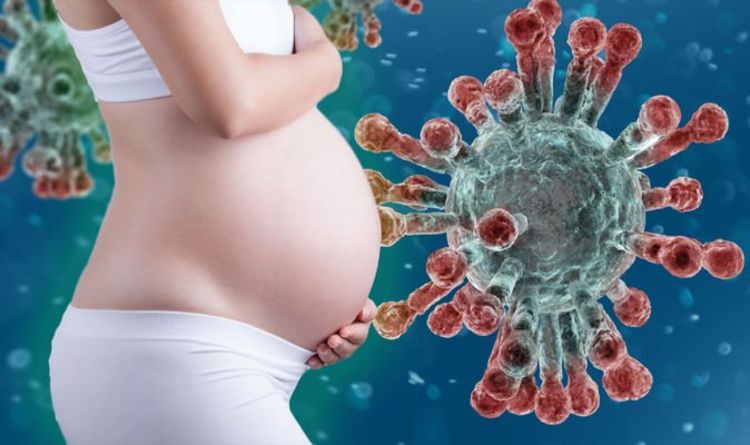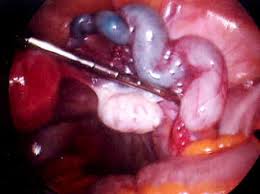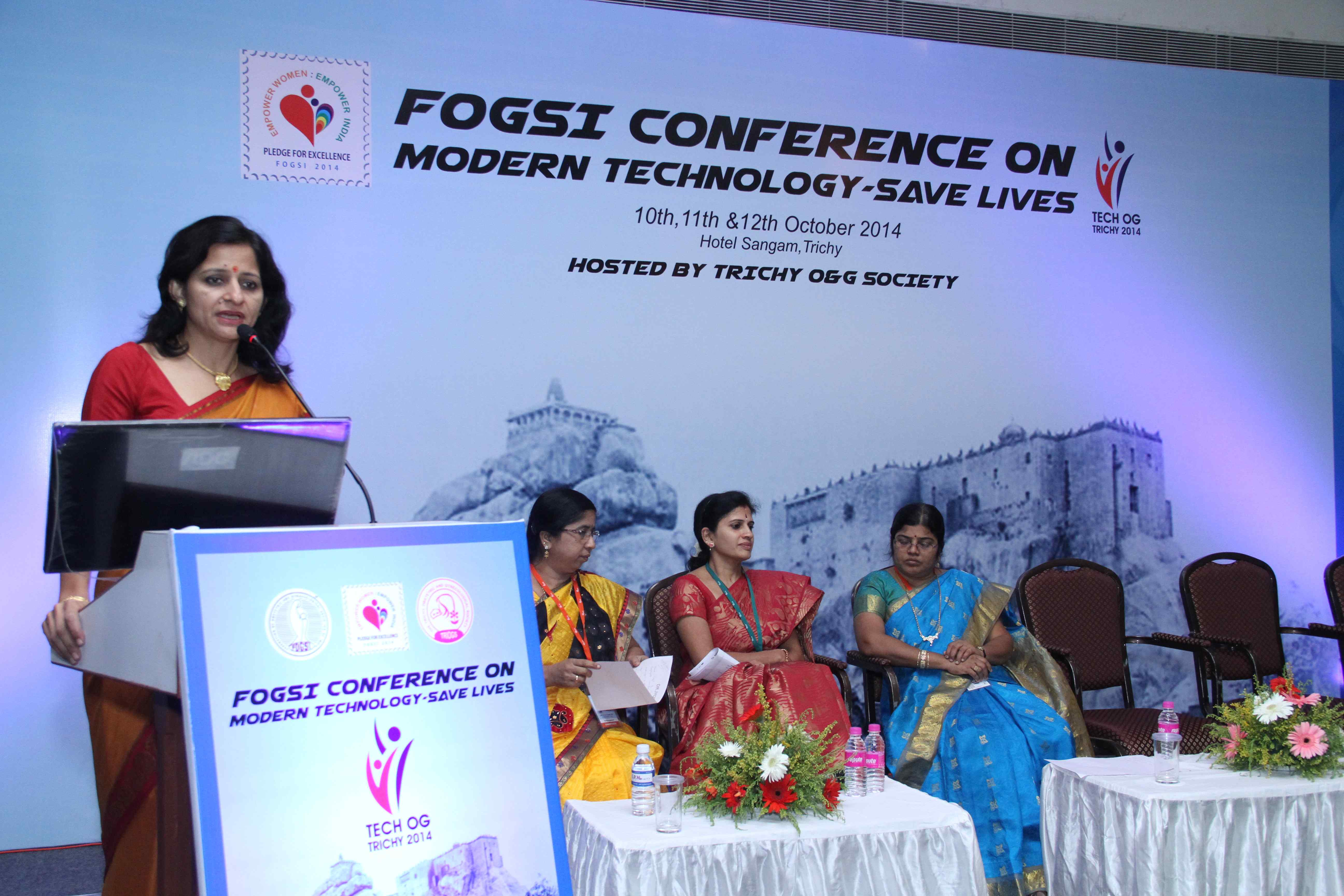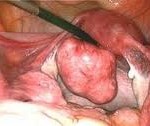It came as a slow threat in early March 2020 when we were asked to wash hand, use mask & follow social distancing. Before we could adjust to this new lifestyle it became a full fledged enemy hitting us left and right.
Government declared total lockdown, administration started defining zones, hospital administration started arranging beds, PPE kits and society glued itself to television, staying indoors throughout. CORONA HAD ARRIVED.
Doctors were caught in a battle between ethics, social responsibility, safety of the family and fear of being infected, in the same order. The last one “fear of own life” could sneak in only in those few minutes in the elevator while returning from hospital and before entering the house. There was no time to think about our own life.
We felt rude to tell our patients to stay away, reminding them intermittently to cover the mouth & nose with mask, which as a habit they would keep on dropping. We lost a sense of touch which is so important for both of us. Anaemia became a laboratory diagnosis, which was otherwise identified by checking the patient’s eyes, tongue and palm which were now kept covered.
Teleconsultation became a norm. It was initially difficult to find a quite corner in the house. For a more professional feel kids & pets were kept away, pressure cookers were not allowed to whistle during teleconsultation sessions. Becoming savy with videoconferencing, scanning, payment gateways became a necessity even for the camera shy. Webinars were held back to back to guide us about new guidelines on managing covid, which also kept on changing every week.
Patients who were pregnant had to be attended throughout, even in the darkest of times. Many patients came without knowing their covid status & we had to equip ourselves in PPE kits to deliver them. Every patient had to be handeled as corona positive, until proven otherwise.
We kept trying to give our best professional service sweating inside the safety gadgets and seeing through fogging specks & face shields.
Challenge was entering the house with a minimal touch technique, taking a bath every time after returning from hospital followed by steaming, be it 3 am or 1 pm. We started popping in every possible immunity boosting food, drinking ginger, tulsi extracts and supplements. To keep immunewe would try to catch up with sleep as much as possible, which was otherwise a rare commodity for us. Health of elders was a concern and hence we kept away from them and managed with video calls.
There was a bright side of covid too. For the first time, we found time in hand. We could lie down on a couch and do channel surfing which was an ultimate relaxing act for few. Old cookery notebooks, diaries, albums with a yellow tinge on pages came out from the trunks. We could spend more time with our spouse, kids. Pets were the happiest creatures in the house with everyone ready to play with them, all the time.
Now life is returning to near normal. We lost many colleagues from medical fraternity. My heart goes out totheir family. They were true heroes, who gave up their lives.
Lucky those who are alive will keep on giving their best service to the society, as our Hippocratic oath taken at the end of MBBS, teaches us to always keep patient first. Long live doctors & patients!






